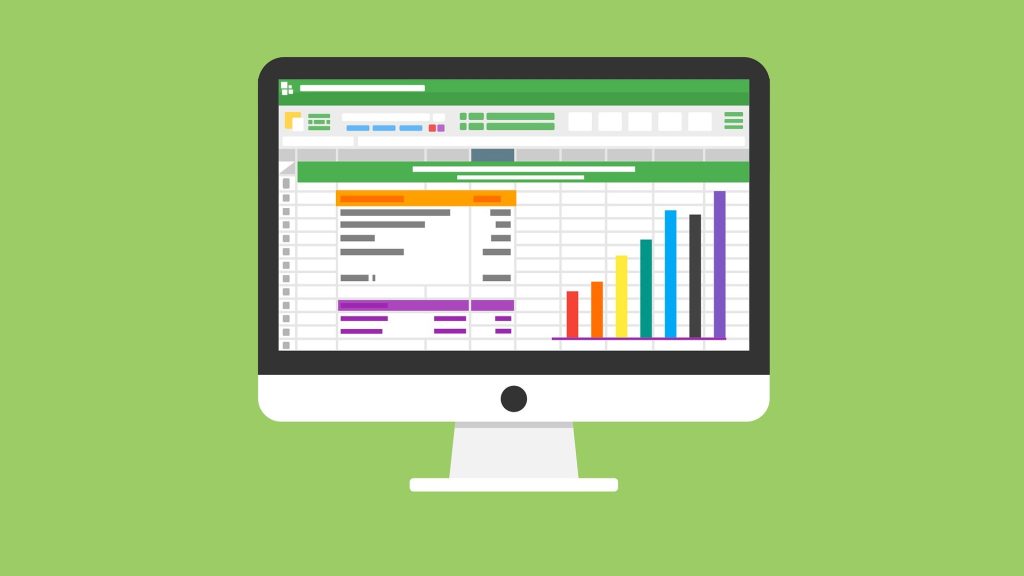TC40 and SAFE reports are critical in fraud monitoring within e-commerce. Issuing banks use these tools to track and report suspicious transactions. Visa’s TC40 and Mastercard’s SAFE compile fraud data and alert payment processors and acquirers about merchants with fraud risks. While these reports don’t directly cause chargebacks, they affect how banks and card networks view a merchant’s risk profile.
This article will explore what TC40 and SAFE reports are, their impact on merchants, and how they can be leveraged for fraud prevention.
What are TC40 and SAFE Reports?
TC40 is a Visa report system that logs data on cardholder disputes alleging fraud. SAFE serves a similar function for Mastercard. Both gather transaction details when a cardholder claims unauthorized activity. Issuing banks send this information to the networks, which compile and share it with acquiring banks.
Table 1: TC40 vs. SAFE Reports
| Feature | TC40 (Visa) | SAFE (Mastercard) |
|---|---|---|
| Data Type | Fraud claims by cardholders | Fraud claims by cardholders |
| Used For | Fraud risk assessment, prevention | Fraud risk assessment, prevention |
| Merchant Access | Limited, via acquirers | Limited, via acquirers |
| Impact on Chargebacks | Indirect | Indirect |
| Report Frequency | Varies by bank, often monthly | Varies by bank, often monthly |
While merchants rarely have direct access to these reports, the data helps issuers and acquirers assess the risk a merchant presents. This includes flagging patterns that could indicate fraudulent behavior or risks associated with specific transactions.

How Do TC40 and SAFE Reports Work?
When a cardholder disputes a transaction, claiming it was unauthorized, the issuing bank compiles the details and reports them to Visa (TC40) or Mastercard (SAFE). The report contains:
- Merchant information (name, MCC).
- Cardholder details.
- Transaction specifics (amount, time, location).
- Fraud classification (e.g., card-not-present).
The goal is fraud tracking, not directly preventing chargebacks. Both Visa and Mastercard use these reports to monitor trends and determine the risk level of merchants.
Key Elements of TC40/SAFE Reports:
- Merchant name and location.
- Cardholder’s bank details.
- Transaction specifics.
- Fraud type (e.g., stolen card, phishing).
Banks analyze this data to detect unusual patterns, which can inform their decisions on whether to continue processing payments for a given merchant.
Impact of TC40 and SAFE Reports on Merchants
Merchants with a high number of fraud reports may experience increased scrutiny. These reports contribute to a merchant’s risk profile, which is evaluated by banks before authorizing payments. If fraud claims rise, issuing banks may flag the merchant as high-risk. This can result in:
- Payment declines: Legitimate customer payments may be blocked due to perceived fraud risks.
- Higher transaction fees: Payment processors may increase fees to offset potential losses.
- Suspension of card payments: Merchants with excessive fraud reports may lose the ability to accept payments.
Table 2: Consequences of High Fraud Report Volume
| Outcome | Description |
|---|---|
| Increased Risk Profile | More fraud reports increase perceived risk. |
| Payment Declines | Higher risk leads to legitimate payments being rejected. |
| Higher Transaction Fees | Payment processors raise fees to cover the risk of chargebacks. |
| Card Payment Suspension | In severe cases, the merchant may lose the ability to accept card payments. |
For example, a merchant receiving multiple fraud reports may face higher costs and see a drop in approved transactions as banks grow wary of processing payments for them.

Using TC40 and SAFE Reports for Fraud Prevention
Though TC40 and SAFE reports don’t stop fraud directly, merchants can use the data to adjust fraud prevention tactics. By reviewing these reports, merchants can detect fraud patterns and implement measures to minimize risk.
Practical Steps for Using TC40/SAFE Data:
- Track Fraud Trends: Analyze frequent fraud types and adjust security protocols.
- Improve Screening: Feed fraud data into machine learning tools to enhance fraud detection systems.
- Refine Chargeback Prevention: Use reports to anticipate disputes and prevent chargebacks.
A strategic approach is key to reducing fraud risk. Merchanto.org, an official partner of Visa and Mastercard, offers solutions to help merchants monitor and manage fraud risks. Their platform provides businesses with tools to track fraud activity and avoid chargebacks. Learn more about Merchanto’s services here.
Table 3: Best Practices for Managing TC40/SAFE Reports
| Best Practice | Benefit |
|---|---|
| Regularly Analyze Fraud Data | Identify fraud patterns and take preventive action. |
| Contact Acquiring Bank for Reports | Request fraud reports to understand risk exposure. |
| Use Fraud Detection Tools | Enhance fraud prevention with machine learning models. |
| Customer Education | Inform customers on safe payment practices to minimize fraud claims. |
TC40/SAFE and Chargebacks
There’s a common misconception that TC40 and SAFE reports lead to chargebacks. While the reports track fraudulent activity, they do not directly cause chargebacks. Fraud claims can turn into chargebacks, but not all reported fraud results in a chargeback.
Low-value transactions often don’t lead to chargebacks as banks may choose to refund the customer directly. These reports, however, provide insight into potential dispute trends, helping merchants stay aware of possible future chargebacks.
For instance, Visa and Mastercard use the data to monitor merchants and ensure their fraud levels remain within acceptable limits. If fraud volumes exceed thresholds, it could lead to further penalties or the need for enhanced fraud prevention measures.
Conclusion
TC40 and SAFE reports serve as vital tools for monitoring fraud and assessing the risk associated with merchants. They allow banks and payment networks to track patterns in fraudulent activity and help merchants take preemptive action. By analyzing these reports, businesses can adjust their fraud detection strategies, improve security, and reduce their exposure to chargebacks.
Using TC40 and SAFE data effectively can significantly improve a merchant’s fraud management process. By understanding and addressing the insights from these reports, businesses can ensure better fraud prevention, reduce their risk profile, and maintain smooth payment operations.



